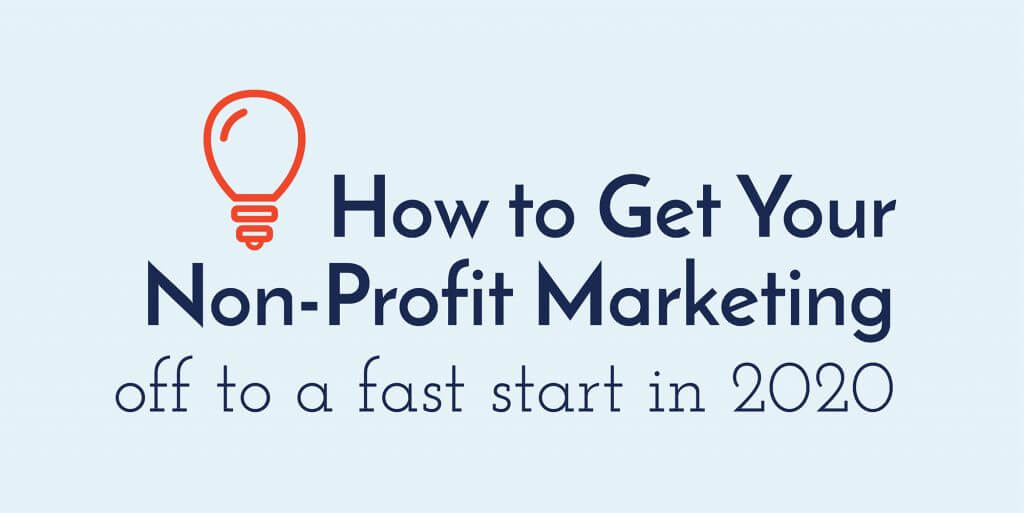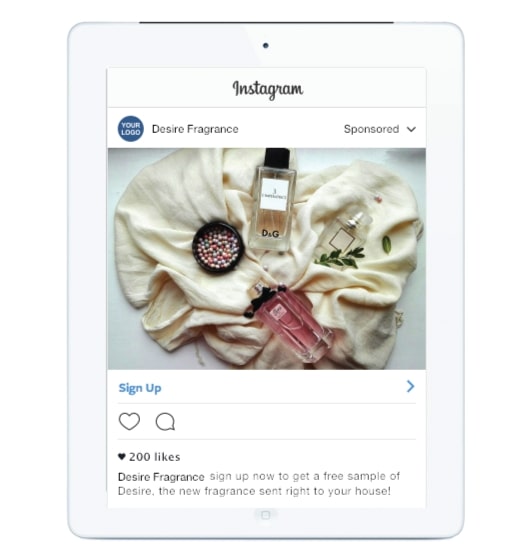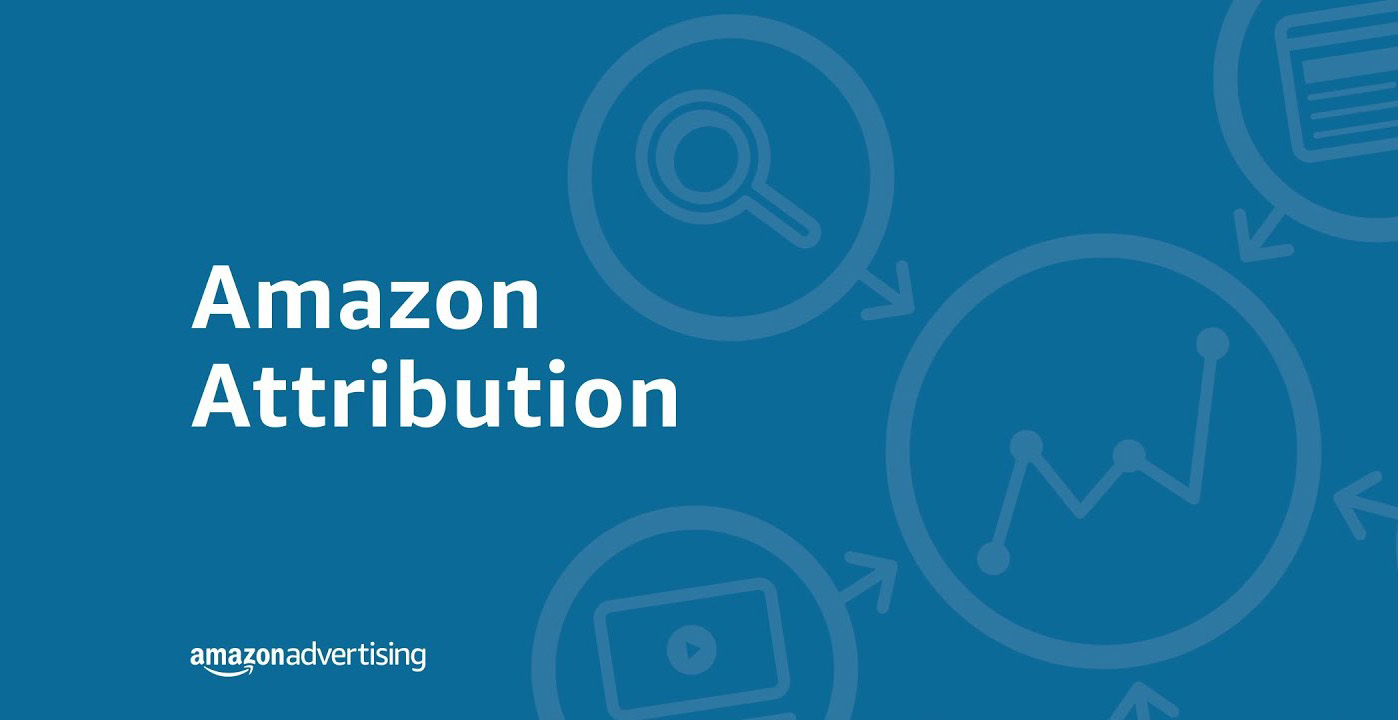
The 3000 BC period is when the first advertising was recorded. It was an ad in William Caxton’s book. The book was published in England on 1472. It was only a matter time before the ad appeared on paper. Along with early examples printed advertisements, there are many other early advertisements via television and the Internet. The first television advertisement was broadcast on July 1, 1941. China launched its first television commercial just a few short years prior. The advert lasted 90 seconds and confused most of its audience. But the earliest written adverts can be found in the ruins of Thebes, written by a slaveholder, who had a desire to sell his product.
An ancient Egyptian papyrus from Thebes that dates back to 3000 B.C. is the first advertisement known. This advertisement was written in order to find a slave for his region. It was designed to increase the company's revenue and promote the business. The first newspaper ad was published in 1712. It was a commercial for a product or business, and was displayed on two pillars in the outside of the paper.

Advertising has a long history but it is still very new. It made its first appearance in the middle ages, 13th century. It was large poster that was stuck on the wall to St Paul's Cathedral in London. Roger, a local bookseller, had placed this small advertisement. He also sold other goods in his shop. After the Second World War ended, the economy recovered and advertising spending soared. From 1948 to 1959, it was estimated that the average annual increase in advertising budgets was 6%.
Digital advertising has seen new success and is readily available. A commercial for the Bulova watch was the first television commercial in America. It cost thirty thousand dollar to run for three months on Hotwired. This was the first advertisement in the history television. Volney B.Palmer founded the United States' first advertising agency in 1841. By 1860, there were at least 20 advertising agencies in New York.
Written in 16th century Egypt, the first advertising in history was published. The ruins in Thebes (an ancient Egyptian city) was where archaeologists found an ad that had been written in 16th century. It was an advertisement in papyrus, and it was the first printed ad. Similar principles apply to pop-up ads. They were created in 1994 by Google.

Advertising flourished in 20th century. The first photo advertisement published in an American magazine was 1839. This was the first commercial advertisement on the internet. Since then, many more advertisements have appeared in other media. A map of America featured the first television advertisement for Bulova watches in 1941. This advertisement was not the first, but it was widely used.
FAQ
Why do I need a Content Marketing Strategy to succeed? Why should I not only send out emails, but also post social media updates.
Two main reasons you may choose to ignore a Content Marketing Strategy.
-
You might think that email marketing and social media posts are enough to get people talking about your brand.
-
If you've never tried email marketing, or posted on social networks, it's easy to assume this type of content is not feasible.
Both assumptions are incorrect.
Email marketing and social media posts can be great ways to communicate with customers and prospects. But they don't suffice by themselves.
Email campaigns alone will not help you reach your goals. It should be part of a larger strategy. Social media posts are not enough to achieve your goals. They should be part a bigger plan.
This is where your Content Marketing Strategy comes in. You can manage your entire content creation by creating a strategy with clear objectives.
As a consequence, you will be able spend more time on other vital aspects of running your business, such as growing your customer base and increasing conversion rates.
And even though there are many benefits to having a Content Marketing Strategy, it doesn't mean it's easy.
It is important to have a strategy.
Are you a content marketer?
Absolutely! You can use content marketing for any business. Whether you sell products or services, provide support, or offer training, creating content is a great way for customers to learn about your company and stay connected.
How does Content Marketing Strategy help me?
Content Marketing Strategy grants you access to data that you would not otherwise have. This data allows to identify which types and content perform well.
It allows you to identify the most effective strategies to drive more visitors to your site. It also provides insights into the behavior of your audience so you can create even better content.
This allows you to spend less time worrying about which content is good and more on what works.
A Content Marketing Strategy can help you determine what messages resonate best with your audience.
By analyzing these messages, you can figure out what content they prefer. So you can create similar pieces of content and keep those successful ideas going.
A Content Marketing Strategy allows you to track the performance and effectiveness of your content. As you continue sharing different content types, you can easily see which ones convert better.
A Content Marketing Strategy is essential to ensure your content performs according to its intended purpose.
What platform is best for content marketing?
There are many platforms on the market today. Each one has its pros and cons. These are some of the most popular choices:
-
WordPress is simple to set-up and manage. Fantastic community.
-
Wix – Setup and maintenance is much easier than WordPress No technical knowledge is required.
-
Squarespace – Best choice for those with a website.
-
Blogger - Free blogging service.
-
Medium – A place for writers and artists to share their work.
-
Instagram – An image-based platform.
-
LinkedIn - A networking tool.
-
Facebook – A social network.
-
YouTube - A video sharing platform.
-
Pinterest - Image-based platform.
-
Google Analytics – Track visitor behaviors.
-
Hubspot is an email marketing software.
-
MailChimp - Email marketing software.
Why is content so important
Digital marketing campaigns are dominated by content. Create valuable content if you want to attract customers. Blogging is the best way to achieve this. Blogging allows you to build authority within your niche. This makes you more trustworthy. Trustworthiness creates credibility which can lead to higher search engine ranking. Organic searches are more popular than search engine rankings.
What is the goal of content-marketing?
Content marketing seeks to provide customers with relevant and valuable information. This can be done via email campaigns, blog posts, white papers, and other channels. The key is to deliver value to your audience.
What Content Marketing Strategy is right for me?
If you already know what you want to say, then a Content Marketing Strategy will work perfectly for you.
Here are some questions to ask to get you started.
Do my company need to communicate a particular message? Or do I want to create content that resonates with general audiences?
Do I want my efforts to convert visitors into buyers or generate leads?
Are you trying to promote one or multiple products?
Do I want to reach people outside my industry?
A Content Marketing strategy is what you need if you answered "yes" any of these questions.
Statistics
- Seventy-two percent business to business (B2B) (mailchimp.com)
- Out of the 1,500 marketers we surveyed for our State of Content Marketing report, 78% who felt their content marketing strategy was exceptionally effective in 2021 had documented their strategy. (semrush.com)
- According to research compiled by Coschedule: Companies that publish 16+ blog posts a month get as much as 3.5x as much traffic as those that publish 0-4 posts a month. (criteo.com)
- To further show the importance of this, 89% of people have stopped doing business with a company because of a poor experience. (neilpatel.com)
- Companies that use content marketing see approximately 30% higher growth rates than businesses not using it. (mailchimp.com)
- According to our research, 65% of companies with very successful content marketing in 2021 ran content audits at least twice a year. (semrush.com)
- An example of an overarching goal could be: "In 2022, we want to achieve a 20% increase in revenue created by organic content and generate 15,000 MQLs with a budget of $30,000." (semrush.com)
- This marketing strategy landed Ford a 15.4% conversion rate. (neilpatel.com)
External Links
How To
How to create amazing images
Images will make your content stand apart from the rest. Images are one the best ways to visually communicate ideas. They are effective at drawing attention and increasing engagement. They help convey complex concepts simply and effectively, and they're also useful for highlighting key points in any kind of written content (e.g., blog posts, social media updates, etc. ).
Images are a great way to bring life and energy into a piece of writing. But if you don't know how to choose the right image for the job, you could have something less than striking results. This post will look at tips for choosing the best images for your next project.
-
You need to know what makes an image look good. There are several factors to take into consideration when choosing photos. You want images that are concise and clear. A cluttered photograph won't sell it. It won’t grab people's attention as well as a simple and clear one. Avoid images that have people not smiling or staring directly into the camera. It gives off the impression that your message is not very interesting. Lastly, you want to ensure that the image doesn't distract from the main point you're trying to get across. If the image draws too much attention away, it is probably not ideal.
-
Look for inspiration. After you have a list with potential candidates, it's now time to go through them all and pick the ones that appeal to your heart. First, take a look at the captions. These may be written separately or included by some photographers. In either case, it is important to check that the caption is easy to read. Pay attention to the context. Is this a place you would expect to see people having fun? It might be a dangerous place. Perhaps it's a place you don't associate with happiness. Whatever the reason you like the picture, think about what it means for the overall message that you want to send.
-
Different types of images can be tested. One of the biggest benefits of using images in your content is that they allow you to highlight certain aspects of your text. A picture of a product may be useful if your article is about it. If you offer an infographic, it may be a good idea to include a picture showing the data. These visual aids can be used to draw people to your information. They will feel more connected to what they are sharing.
-
Use the right format. When choosing images, the first thing to do is to choose the right file format. You have two choices when creating web pages: JPEG, or GIF. Both are great file formats, but each has its pros and cons. JPEG files can be used on websites as well as social media posts. These files work well for photos because they store large amounts in a limited space. They can lose their quality over time and become pixelated after a while. GIFs are smaller and more suitable for animation and graphics than JPEGs. However, they don't support transparency, making them unsuitable for photos.
-
Other visuals are also welcome. Additional visuals are a great idea if you have trouble thinking of images. It can make a huge difference to the effectiveness of your post, as it provides a distraction-free environment for your readers. This means they're less likely to click out of the page while reading your article. Infographics are a great way to add visuals to your website. Infographics are extremely popular, as they provide a quick, easy way to share lots of useful information. You can also add them to your blog posts because they often contain lots of images.